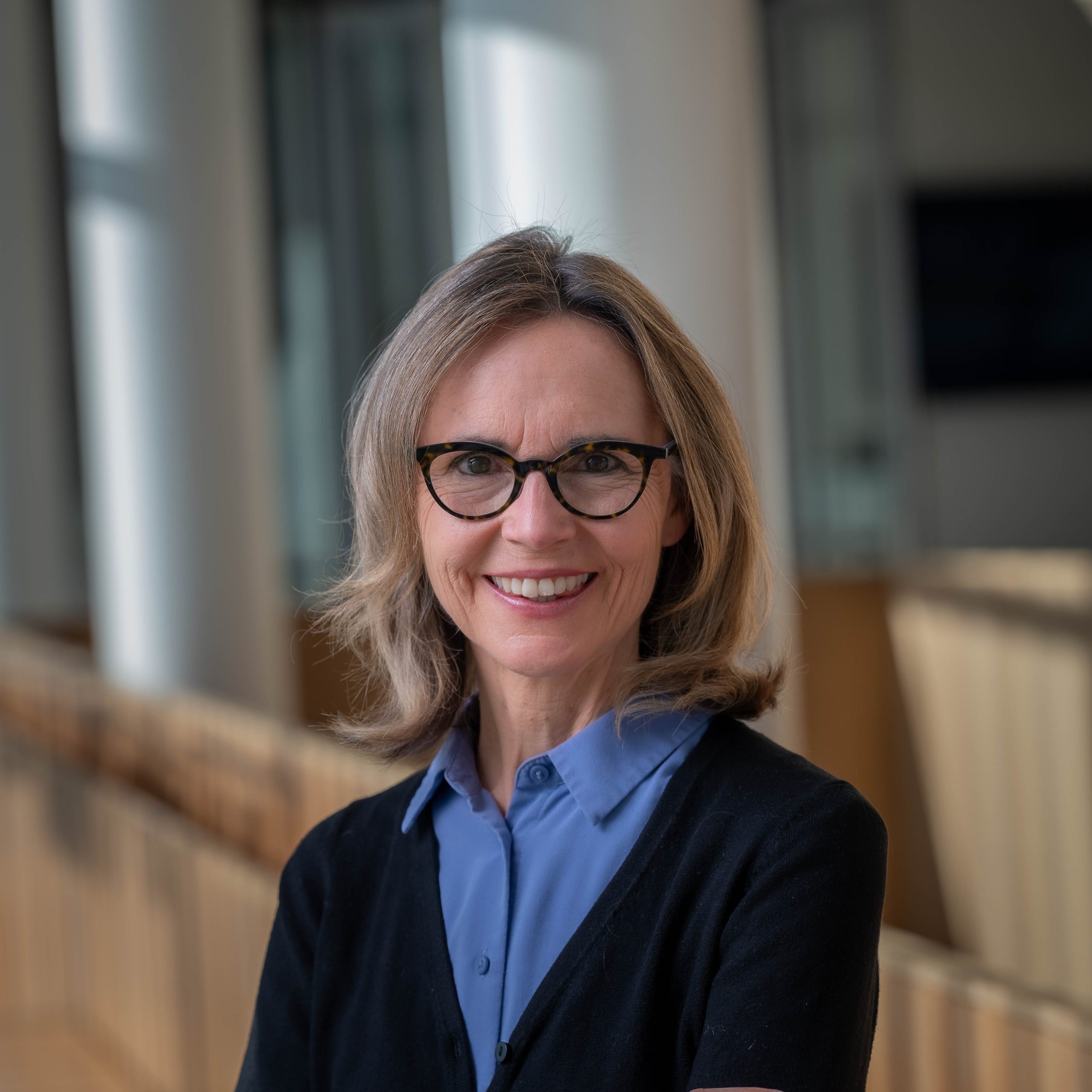SIT LESS, MOVE MORE
As a VCHRI scientist at the Centre for Aging SMART, Maureen Ashe’s goal may be simple—to get people to sit less and move more—but achieving it is anything but.
In the face of overwhelming evidence demonstrating the benefits of physical activity—from increased fitness to prevention of chronic conditions such as osteoporosis and arthritis, to better quality of life—many people still remain inactive and sedentary, particularly older adults.
Finding out why that’s so and what can be done to change behaviour is what gets Ashe out of bed in the morning.
And she has a special interest in the relationship between a healthy community—with accessible bus stops, frequent buses, protected bike paths, safe pedestrian walkways and plenty of benches and rest stops—and older adults’ participation in their community.
TRANSLATING NEW KNOWLEDGE INTO ACTION
Working with health professionals, fitness leaders and older adults themselves, Ashe develops, delivers and tests interventions designed to get older people moving, even those with mobility challenges, such as older adults recovering from hip fracture. Given that many older adults with a fall-related hip fracture have challenges to their mobility, this group is especially vulnerable.
Ashe says her research underlines the need to rethink the high-intensity approach to activity: “We shouldn’t be asking people to run marathons, swim laps or go to the gym in the first instance. There are lots of benefits to simply reducing sedentary time. Sit less and chances are you’ll do more everyday activity. It’s a good place to start toward increasing physical activity—and avoiding that decline in health or that spiral into decreased mobility. My approach is how can we maximize our ability to be out and about in our communities?”
A qualitative study Ashe led with patients who recovered well from hip surgery confirmed the benefits of simply sitting less. It also demonstrated the importance of support in the community and not doing too much, too soon.
Based on the findings, Ashe, her research team, and provincial clinicians created FReSH Start, a landmark, patient-centred toolkit on post-hip surgery care for older adults and their families, which is being distributed province-wide and around the world.
Ashe says a cornerstone of her research is practicality. “It’s not just a matter of telling people there are benefits to something,” she says. “You have to help them set goals and give them practical tools to get them to meet those goals.”
EVERYDAY ACTIVITIES AND BEHAVIOUR CHANGE
A recent pilot involving women age 55 to 70, called the EASY (Everyday Activity Supports You) model, demonstrates just how important these tools are. Results showed that a combination of group-based education, individualized physical activity plans and Fitbit activity monitors was more effective than education alone at getting participants to move more—and to reap the health benefits that go along with increased physical activity.
Motivating people to change instilled habits and behaviours can sometimes be challenging, Ashe says, but working with other committed clinicians and researchers at the Centre and in the community makes it that much easier.
“Everyone is so willing to collaborate and the level of commitment is extremely high,” Ashe says. “Whether a work-study student, staff member, a clinician, researcher or study participant, everyone is working toward the same thing: to make a difference.”

